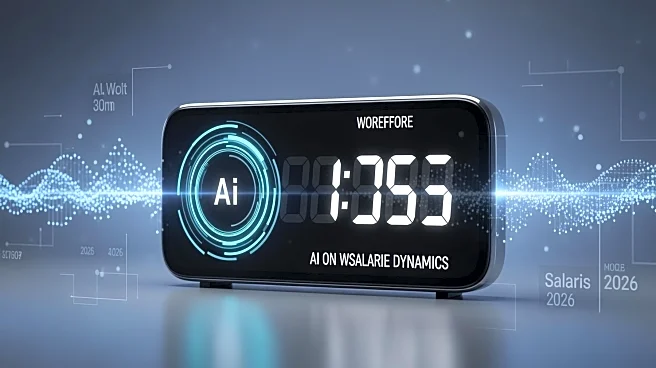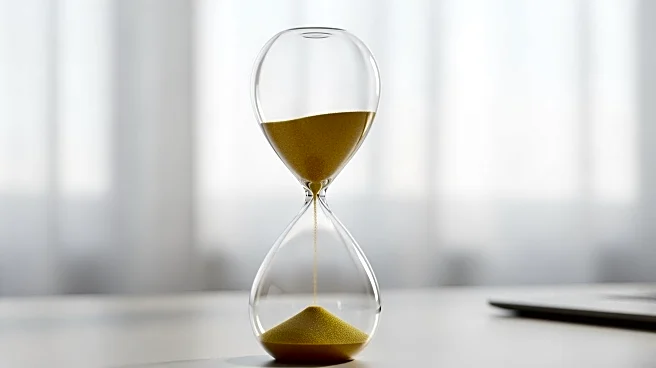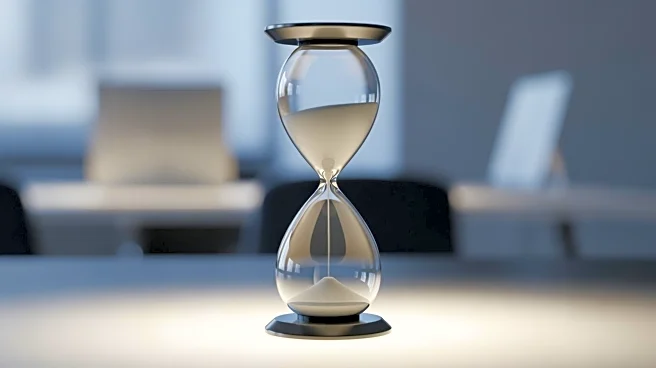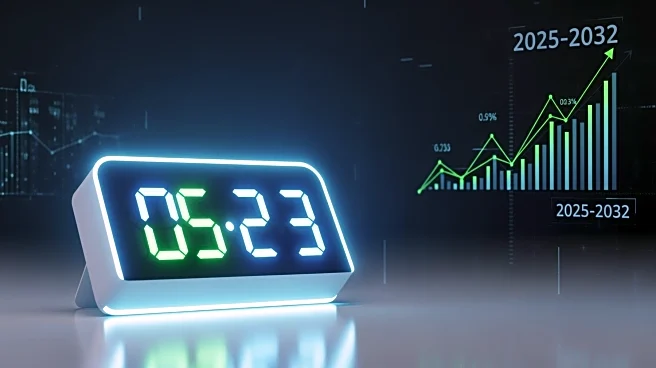What's Happening?
Annie Rosencrans, the people and culture director at HiBob, has highlighted the issue of 'meeting hangovers' in hybrid work environments. This term refers to the exhaustion and dissatisfaction employees experience due to the high volume and low efficacy
of virtual meetings. According to Rosencrans, the solution lies in reducing the number of meetings and shortening their duration. A report from Microsoft indicates that evening meetings have increased by 16% year over year, contributing to a seemingly infinite workday for employees. Rosencrans suggests that companies should audit their meeting schedules to ensure effectiveness and eliminate unnecessary meetings. HiBob has learned from its acquisition of Mosaic, a company with a light meeting culture, to balance meeting frequency and asynchronous work.
Why It's Important?
The issue of meeting overload is significant as it affects productivity and work-life balance for employees in hybrid and remote work settings. Excessive meetings can lead to disengagement and reduced efficiency, impacting overall employee satisfaction and performance. By addressing this issue, companies can improve employee morale and productivity, fostering a healthier work environment. The shift towards fewer and shorter meetings can also enhance collaboration and problem-solving, as employees have more time to focus on their core tasks. This change requires effort and leadership support to become a lasting cultural shift within organizations.
What's Next?
Companies are encouraged to regularly review their meeting practices to ensure they are adding value. This involves assessing recurring meetings and reworking them to be more meaningful and impactful. Leadership plays a crucial role in modeling these changes to ensure they are adopted across the organization. As companies continue to navigate hybrid work environments, finding the right balance between meetings and asynchronous work will be key to maintaining productivity and employee engagement.













